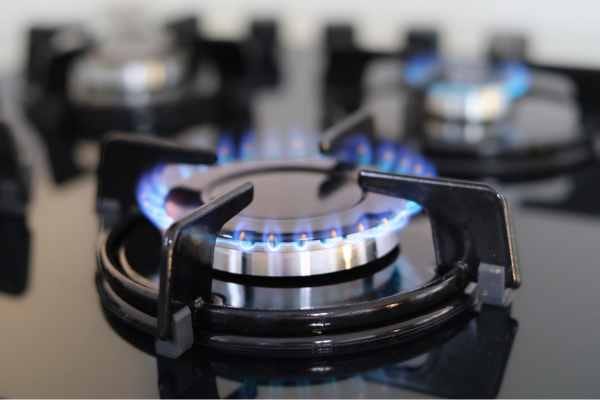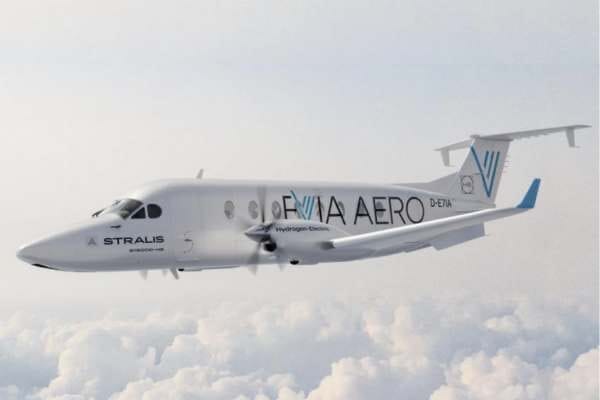Winds of change for renewables
Could track-racing turbines and sky-high drones become a new force in the renewable sector?

Wind turbines are a mainstay of renewable energy and an increasingly prominent feature of rural landscapes. But these three innovations are harnessing wind power in an entirely new way.
Picture a racecourse with vertical blades zooming across a track, generating energy as they go. This novel 'track with wings' design is being developed by US startup AirLoom Energy, and according to its creator could cut the cost of utility-scale wind power significantly.
Ten-metre vertical blades propelled by the wind in a racecourse-style configuration generate energy by travelling across a lightweight track that can run for meters or kilometres, onshore or offshore, and horizontally or vertically.
And because its parts are smaller than traditional turbines they are faster to make, move and assemble, says the startup, meaning its system can be built more cheaply than conventional wind turbines.
Late last year the company raised $US4m from investors including the Bill Gates-founded Breakthrough Energy Ventures. With a fresh $US12.7 million recently raised from other backers, AirLoom plans to build a 1-megawatt pilot by 2026.
So far AirLoom has developed a feasibility prototype to demonstrate the advantages of its track-style design (see box) and to validate its modelling.
“We’ve already proved the viability of each individual component of the AirLoom,” the company says. “The goal in this next phase is to demonstrate reliability and scalability according to our predictive modelling.”
Taking wind to new heights
In another new design, researchers at the University of Bristol are working on airborne wind energy. Armed with a £375,000 grant, they’re exploring the use of tethered drones to harvest wind energy from higher altitudes.
Here’s the concept: high winds pull a drone away from a ground station and high into the sky, driving a generator and producing electricity.
To generate maximum energy, however, the drones must fly in intricate patterns while subjected to strong aerodynamic forces, meaning a slight miscalculation could cause the drone to crash to the ground.
To solve this challenge, the researchers are collaborating with participants in the sector – Norwegian startup Kitemill and University Carlos the III of Madrid – to take a step closer to commercialising the tech.
Wind on the rooftop
Bringing things back down to earth – or at least to the rooftop, Norwegian company Ventum Dynamics has been hard at work for six years and has just launched its fifth iteration, the VX175 rooftop turbine.
This design is unique in that it features a lantern-like shroud around the rotor to capture wind from all directions and amplify its power.
The omnidirectional turbine is designed for large industrial and commercial buildings and its design makes it low maintenance, according to Ventum.
AirLoom’s track-style design has five key features that result in lower costs for the same power production, according to its creator. First, short lever arms simplify wing construction. Second, structural loads are held by tension, not compression, requiring only steel cables instead of massive towers. Third, the generators operate at high RPMs, offering higher power at lower weight. Fourth, it’s a modular system, meaning it can be deployed on various scales using the same components. And finally, because of its modular design, transport costs are extremely low.





